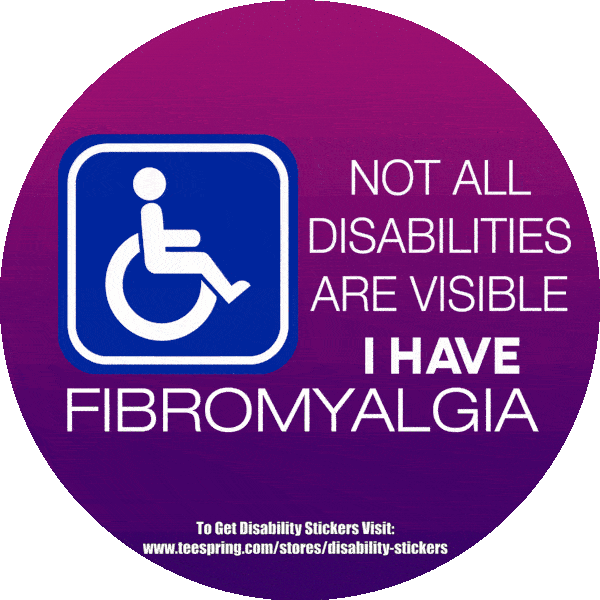Researchers are reviewing new treatments for fibromyalgia pain, but there’s more work to be done. Here’s what may be on the horizon.
Experimental Treatments for Fibromyalgia (FM)
Fibromyalgia syndrome is a common chronic pain disorder of unknown etiology. The lack of understanding of the pathophysiology of fibromyalgia has made this condition frustrating for patients and clinicians alike. The most common symptoms of this disorder are chronic widespread pain, fatigue, sleep disturbances, difficulty with memory, and morning stiffness. Emerging evidence points towards augmented pain processing within the central nervous system (CNS) as having a primary role in the pathophysiology of this disorder.
Living with the daily pains and aches of FM can be frustrating, and it is no wonder that many people with this illness are looking forward to new and potentially more effective treatments. In recent years, a number of experimental FM therapies have received much attention, but the jury is still out on most. Some of these treatments likely to help some people with FM symptoms and not others. Here is a look at treatments for FM pain that are still experimental, but growing in popularity.
Low-Dose Naltrexone
The drug Naltrexone is commonly used drug in the treatment of individuals who are addicted to opioid drugs such as heroin. The drug acts as receptor blocker in the spinal cord, brain and digestive tract in the body, closing off those sensory ends that could be activated by heroin. For fibromyalgia sufferers, however, researchers speculate that naltrexone helps through means of the brain’s own immune system rather than through pain pathways.
As an addiction treatment, naltrexone is given at doses of around 50 to 100 milligrams a day and is taken orally. Naltrexone at much lower doses (around 5 milligrams or less per day) is an experimental treatment for conditions such as multiple sclerosis, Crohn’s disease, and fibromyalgia.
Because of the reason that Naltrexone is not addictive, and is generally considered very safe in low doses. Still a larger study of the use of naltrexone in fibromyalgia treatment is currently underway. Click Here to Read in detail about LDN for Fibromyalgia
Peripheral Nerve Stimulation (PNS)
Peripheral nerve stimulation (PNS) is another alternative treatment option that some fibromyalgia patients have found success with. This treatment entails implanting wire electrodes that are about 2 millimeters thick just beneath the skin of the patient’s head or lower back. With the electrodes, which are connected to a battery-powered stimulator unit, a small electric current is administrated to nerves in the body.
The Food and Drug Administration (FDA) has not approved this technique for fibromyalgia. It is considered an experimental treatment and is used only in people with near-disabling fibromyalgia who have failed to respond to other treatments.
Click Here to grab your Fibromyalgia Disability sticker for your Car
Guaifenesin
The drug Guaifenesin is an expectorant that is available over the counter. It is known to many of us on a retail basis as Robitussin and Mucinex.
Taken orally, it helps to clear mucus from your sinuses and bronchial pathways. In addition to its mucus thinning properties, Guaifenesin works as a muscle relaxer, which also reduces pain that patients of FM experience.
There are basically three steps in using guaifenesin to treat FM:
- To be taken in a solid pill form, patients should start with 300 milligrams and increase from there
- Guaifenesin should not be taken with salicylic acid, which prevents guaifenesin from passing through the kidneys
- Following a low-carbohydrate diet if you are hypoglycemic (with lower than normal blood sugar levels)
Salicylates are found in some foods (rice, bananas, potatoes, honey, and corn) and are ingredients in many common cosmetics (exfoliants and skin cleansers) and other products like sunscreens, aspirin, deodorants, cough drops, allergy medicines, and mouthwash. Therefore, these products should be avoided when you are on a prescription with Guaifenesin.
Whether a mere placebo or an effective treatment for FM, it is deemed to be very safe when used as prescribed.
Related Article:
Reference:
- Experimental Treatments for Fibromyalgia By Beth W. Orenstein Medically Reviewed by Lindsey Marcellin, MD, MPH via Everyday Health

